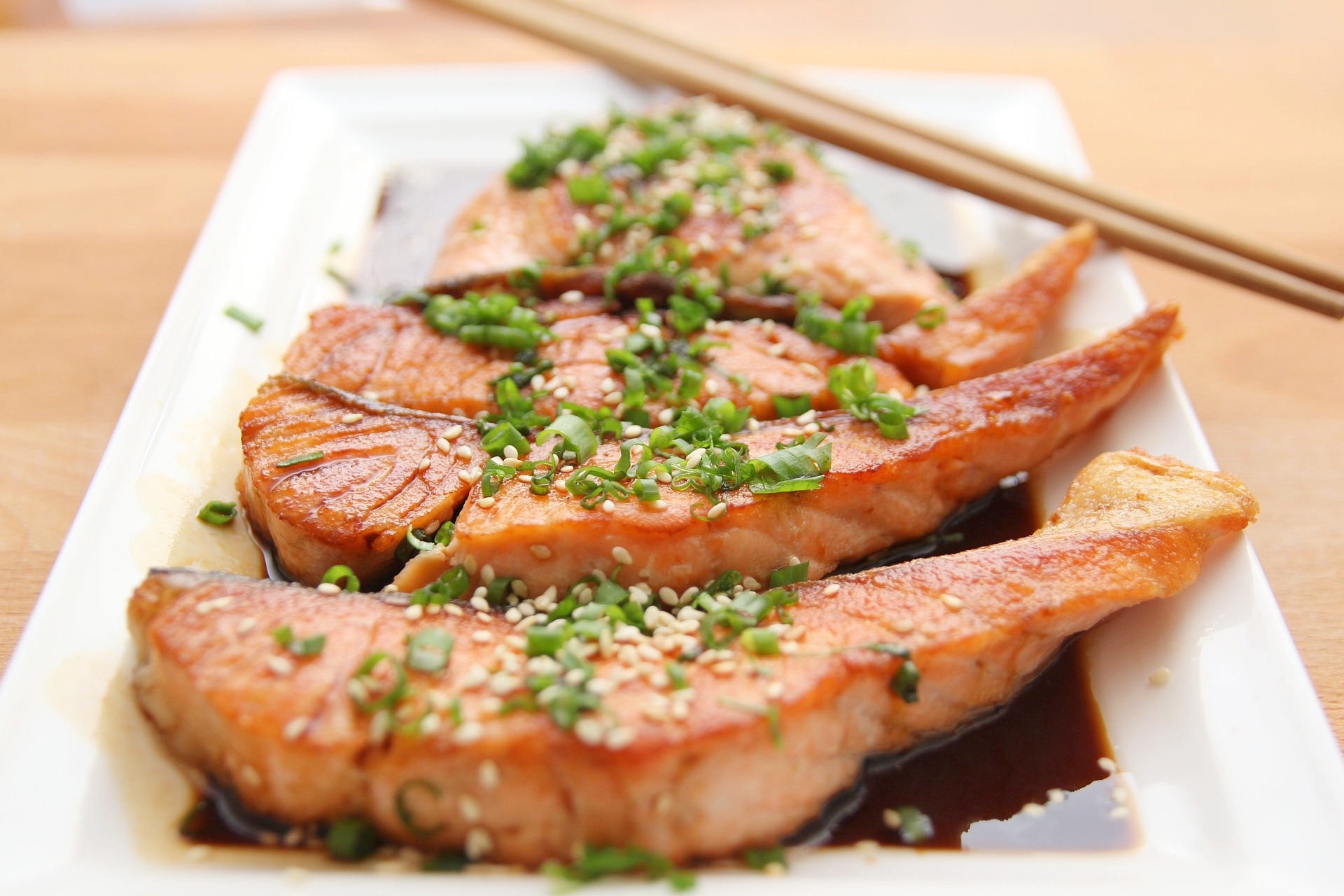Experiencing the Fine Art of Pasta Making
Pasta - an unassuming culinary staple that's been around for centuries. With its rich history and versatile nature, pasta is not just food; it's an art form that continuously evolves. This article will take you on a journey through the fascinating world of pasta – from its humble beginnings to its transformation into innovative gourmet creations.

A Look Back at Pasta’s Rich History
Pasta is synonymous with Italy, but did you know that it actually originated in Asia? The earliest records of pasta date back to 4th-century China. However, it was the Italians who embraced pasta, transforming it into the mouth-watering dishes we know today. The process of pasta making was initially labor-intensive but became simpler over time with the advent of pasta machines in the 18th century.
Uncovering the Art of Handmade Pasta
While machine-made pasta is convenient, nothing beats the texture and taste of handmade pasta. The process, though time-consuming, is meditative and rewarding. It involves mixing flour with water or eggs, kneading the dough until it’s silky smooth, and then shaping it into various forms, from the familiar spaghetti to the intricate farfalle (butterfly-shaped pasta).
Unleashing Creativity with Pasta Shapes and Sauces
The beauty of pasta lies in its adaptability. With over 300 different pasta shapes and countless sauces, the possibilities are endless. Some pasta shapes, like fusilli, are designed to hold more sauce, while others, like lasagna, are perfect for layered baked dishes. The sauces range from the simple tomato sauce to the rich and creamy alfredo.
Innovation in Pasta
Chefs globally are constantly pushing boundaries, using pasta as a canvas for their creativity. Infusing pasta dough with ingredients like spinach, beetroot, or squid ink for a splash of color is just the beginning. Some chefs are experimenting with unconventional fillings for stuffed pasta and creating unique sauces using ingredients like truffle and saffron.
Tips and Facts
-
Fresh pasta cooks faster than dried pasta.
-
The type of flour used can affect the texture of the pasta. “00” flour is the gold standard for pasta making.
-
Salt is added to pasta water, not to speed up the boiling process, but to season the pasta.
-
Pairing the right pasta shape with the right sauce can enhance the dish’s overall flavor.
Beyond Traditional Pasta: The Rise of Alternative Pasta
With growing awareness about dietary restrictions and health-conscious choices, alternative pasta is gaining popularity. These include gluten-free pasta made from rice, corn, or quinoa flour, and vegetable ‘pasta’ like zoodles (zucchini noodles) and spaghetti squash.
Enjoying Pasta: A Culinary Adventure
Pasta is more than just a meal; it’s a culinary adventure that involves exploring different shapes, sauces, and cooking techniques. Whether you’re rolling out your own dough or experimenting with alternative pasta, each experience offers something new.
In conclusion, the art of pasta making is a delightful journey that offers endless opportunities for creativity and innovation. It’s about keeping the tradition alive while embracing new trends and ideas. So the next time you enjoy a plate of pasta, remember, you’re not just eating food; you’re partaking in a centuries-old art form.




